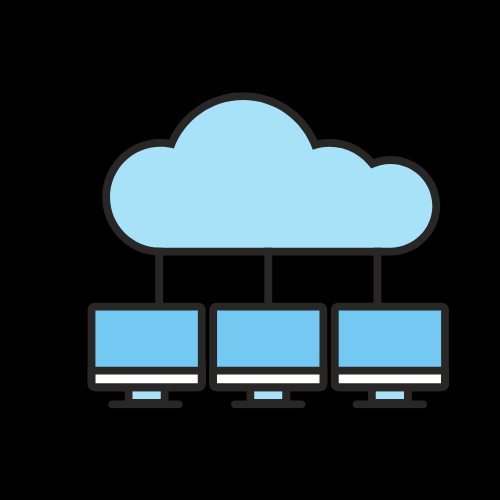[ad_1]
Maximizing Conversions: How to Create Effective Email Flows for Ecommerce
Email marketing is a powerful tool for driving sales and increasing customer engagement, especially in the realm of ecommerce. Through strategic email flows and well-crafted messaging, ecommerce businesses can maximize conversions and build lasting customer relationships. In this article, we’ll explore how to create effective email flows for ecommerce, providing you with the tools and strategies necessary to unlock the full potential of your email marketing efforts.
1. Understand your audience
Before diving into email flows, it’s essential to have a deep understanding of your target audience. What are their pain points? What motivates them to make a purchase? By gathering data and insights on your audience, you can tailor your email flows to resonate with their needs and preferences.
2. Segment your email list
Once you have a clear understanding of your audience, it’s time to segment your email list. Segmenting your list allows you to send targeted, personalized content to different groups of subscribers based on their behaviors, demographics, and preferences. This can significantly increase the effectiveness of your email flows and improve overall engagement.
3. Create a welcome series
A welcome series is a sequence of emails that are sent to new subscribers to introduce them to your brand, products, and services. This is a crucial opportunity to make a strong first impression and nurture new leads into paying customers. Consider including a welcome discount or special offer to entice new subscribers to make their first purchase.
4. Utilize abandoned cart emails
One of the most effective email flows for ecommerce is the abandoned cart email. When a customer adds items to their cart but doesn’t complete the purchase, you can send them a series of reminder emails to encourage them to come back and complete their order. Including product recommendations, customer reviews, and a sense of urgency can help incentivize a conversion.
5. Implement post-purchase follow-ups
After a customer completes a purchase, it’s essential to continue engaging with them through post-purchase follow-up emails. These emails can include order confirmations, shipping updates, and post-purchase surveys to gather feedback and improve the overall customer experience.
6. Leverage upsell and cross-sell opportunities
Email flows can be used to drive additional revenue by promoting upsell and cross-sell opportunities to existing customers. By recommending related or complementary products based on their previous purchases, you can encourage repeat purchases and increase the average order value.
7. Incorporate dynamic content
Dynamic content allows you to personalize the content of your emails based on the recipient’s behavior, preferences, and purchase history. By dynamically updating product recommendations, pricing, and promotions, you can deliver highly relevant and engaging content to your subscribers, increasing the likelihood of conversion.
8. Test and optimize your email flows
Continuous testing and optimization are key to maximizing the effectiveness of your email flows. Experiment with different subject lines, email designs, calls to action, and sending frequencies to find the optimal combination that drives the highest conversions. Analyzing key metrics such as open rates, click-through rates, and conversion rates can help you identify areas for improvement and refine your email flows over time.
By following these strategies and leveraging the power of email marketing, ecommerce businesses can create effective email flows that maximize conversions, build customer loyalty, and drive long-term success. With the right tools and tactics in place, you can unlock the full potential of your email marketing efforts and achieve tangible results for your ecommerce business.
[ad_2]
